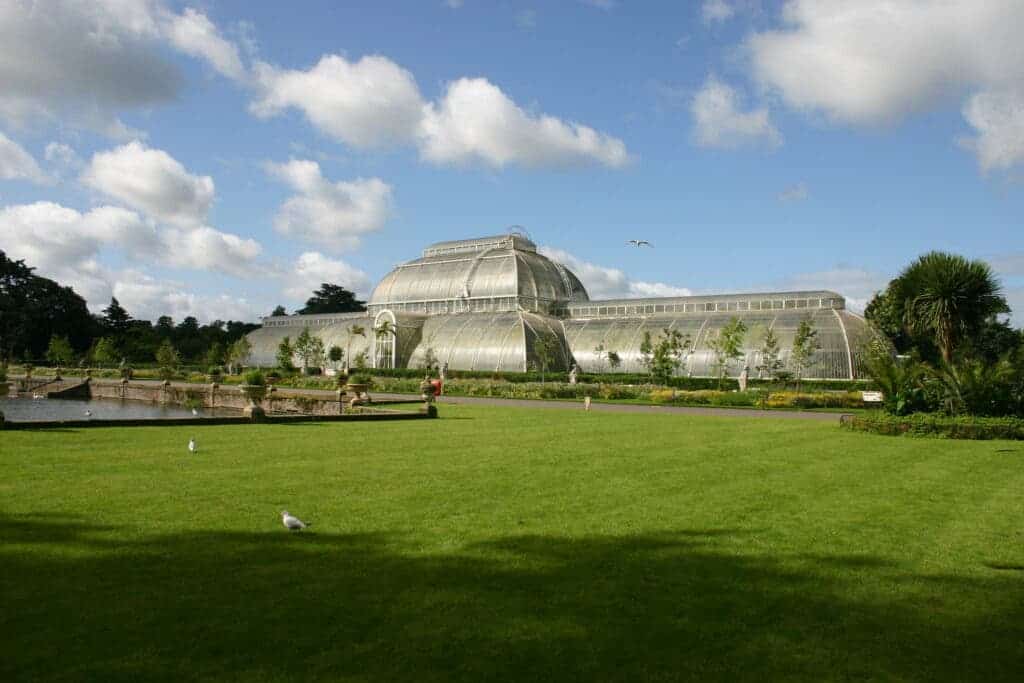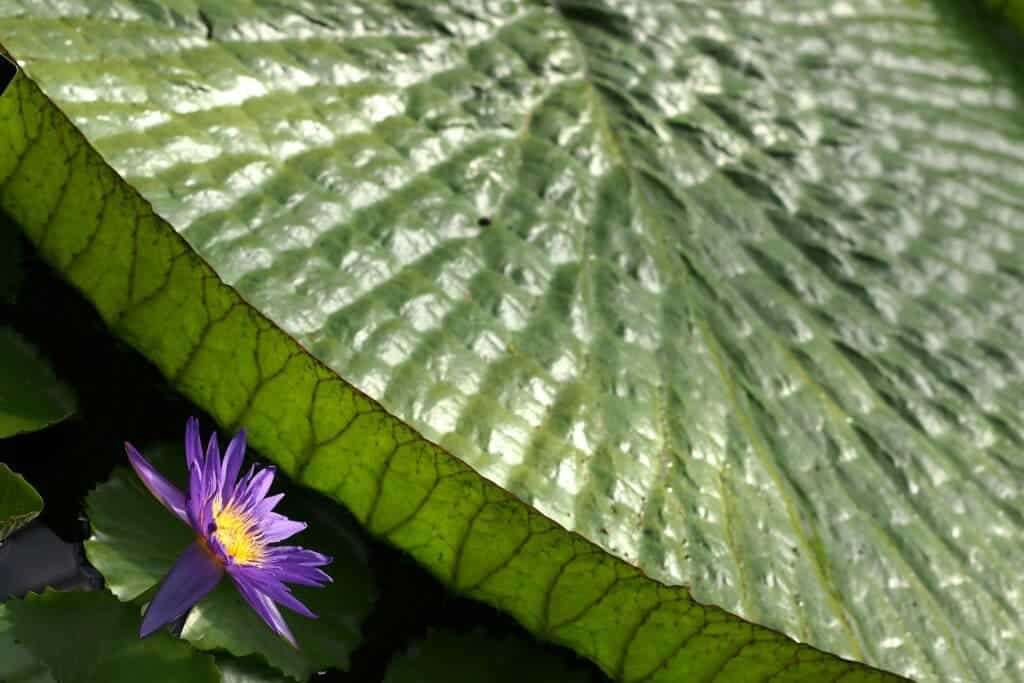From the tallest to the smelliest, the Royal Botanic Gardens in Kew, London, has a massive collection of plants from all around the world. So it’s no surprise that it has just set a new record for the “largest living plant collection at a single site”, according to the Guinness World Records.

Kew Gardens, also known as Royal Botanic Gardens, was created back in 1759 at the site of a former royal estate in the area of Richmond upon Thames, close to London. It had 16,900 unique plant species as of May 2019, according to the Guinness World Record – making it the “most diverse collection of living flora at a single-site botanic garden”.
“We are absolutely thrilled to hold the record for the largest living plant collection. It re-enforces the importance of botanic gardens around the world, as not only beautiful places to enjoy, but as essential hubs of inspiration and education,” Richard Barley, director of horticulture at the Royal Botanic Gardens, told BBC following the news.
Kew Gardens were inscribed onto the World Heritage List of UNESCO in 2003 because of its historic landscape, architectural legacy, botanic collections, and position as a leading botanic garden for scientific research. It’s a center for the study of plants and fungi, with samples from its collection used to create new gardens all over the world.

Its collection bursts into color throughout the seasons. The Great Broad Walk Borders is a spectacular summer attraction, with plants arranging in themes across eight large beds. In Autumn, the arboretum comes alive with 14,000 trees across the garden, while in winter you can step into the tropics through Kew’s three grand glasshouses.
The Palm House is home to a unique collection of plants from the most threatened tropical environments, while the Princess of Wales Conservatory hosts 10 controlled climate zones, from tropics to deserts. The Treetop Walkway has a wide view from the treetops, while the Temperate House has over 10,000 plants from temperate regions.
A remarkable collection
Walking through the extensive grounds of Kew Gardens means crossing paths with the biggest, tallest, smelliest, longest, oldest, smallest, and largest plants of the world. The giant water lilies (Victoria amazonica) are a great example. They can grow leaves that reach three meters in diameter, making them the largest waterlily species in the world.

Another remarkable scene, or smell, is the titan arum (Amorphophallus titanum), which has the tallest bloom in the world, according to the Guinness World Records. In fact, the specimen in the gardens reached in 2018 three meters in height. It has a pungent smell in order to attract pollinators, which feed and breed on its rotten flesh.
“I’ve had the dubious honor of smelling the pungent Titan Arum up close, contended with the steam and sprinklers to measure a prodigious pitcher trap for a certificate,” Adam Millward, editor at the Guinness World Records, told the BBC. “It’s fantastic to be able to celebrate the entire collection, surely one of the jewels of the botanical world.”
Kew also manages a botanical outstation in West Sussex, where the Kew Seed Bank is established in 1974. The seed bank then grew to become the Millennium Seed Bank Partnership to mitigate the extinction of at-risk and useful plants. It’s the largest wild plant seed bank in the world, with 13% of the world’s wild plant species and 2.2 billion seeds.



